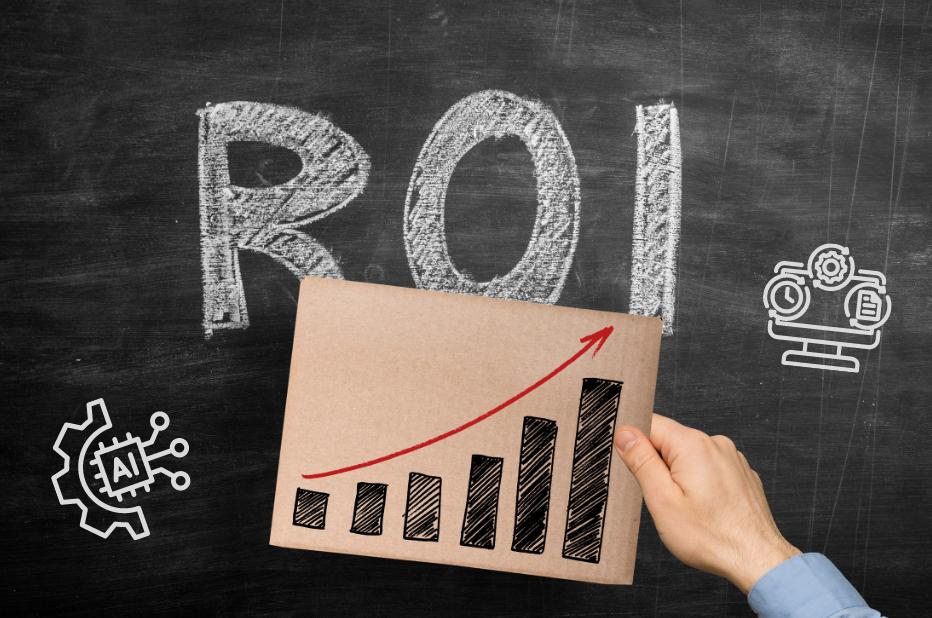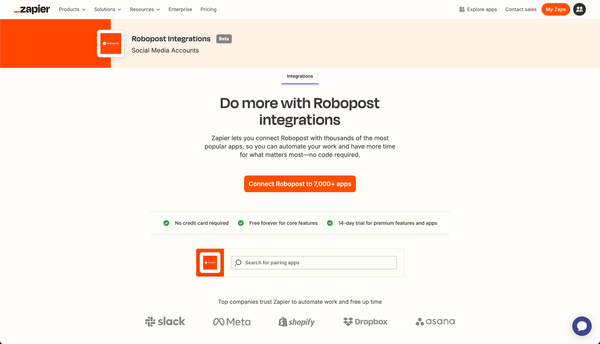Maximizing ROI with Automated Social Media Advertising
Boost your business's social media ROI with data-driven strategies, audience engagement, and AI optimization. Learn key tactics for success.

Businesses are always looking for ways to make their social media ads more effective. Knowing how to get the most return on your investment (ROI) from these ads is key to boosting growth and making sure every dollar spent brings real business results. This article explores strategies and optimization tips to greatly improve the ROI of automated social media advertising campaigns.
Key Takeaways
- Knowing how to define and calculate social media ROI is important for understanding how well your marketing is working and making smart decisions.
- Using data to adjust your campaigns and actively engaging with your audience are key strategies to improve social media ROI.
- Regularly tracking and analyzing important metrics with analytics tools is essential for making informed decisions and reporting effectively.
Understanding Social Media ROI
Defining Social Media ROI
Social media ROI, or return on investment, measures how well your social media activities pay off compared to the money and resources you put in. It's an important way for businesses to see if their social media strategies are working and to justify the costs.
To understand social media ROI, you need to look at several factors:
- Investment: The money and resources spent on social media marketing, like ad costs and content creation.
- Revenue: The income directly earned from social media campaigns.
- Value: The wider effects on the business, like increased brand awareness and customer loyalty.
The aim is to have a positive ROI, meaning your social media efforts are not only covering their costs but also helping your business make a profit and grow.
Calculating ROI: The Basic Formula
To measure how well your social media advertising is performing, you need to calculate the Return on Investment (ROI). The basic formula for ROI helps you understand how much profit you're making compared to what you spent. Here's how to use it:
ROI = (Benefits - Costs) / Costs * 100
For example, if your campaign made $1,000 in sales and you spent $400, your ROI would be:
ROI = ($1,000 - $400) / $400 * 100 = 150%
This means that for every dollar you spent, you earned $1.50 in return, showing how profitable your campaign is.
Make sure to include all relevant costs, like creating content, running ads, and the time spent. This gives a more accurate ROI.
Beyond Revenue: Broader Impacts on Business Value
While making direct sales is a key part of social media ROI, it's also important to consider the wider effects on your business that go beyond just immediate profits. These effects can influence different areas of your business in both visible and less obvious ways.
For example, social media can greatly boost brand awareness, making your brand more recognizable and trusted by potential customers. This increased recognition can lead to higher customer loyalty, as people are more likely to stick with brands they know and trust. Additionally, focusing on the long-term value of customers—how much they will contribute to your business over time—is important, rather than just looking at short-term sales.
It’s also useful to compare your marketing performance with industry standards and past results. Getting a high ROI requires careful planning and focused actions that support your company’s overall goals and help grow your business.
Strategies for Enhancing Social Media ROI
Data-Driven Campaign Refinement
Using data to refine your campaigns is important for getting the best return on investment (ROI) in social media advertising. By looking at performance metrics, businesses can identify what’s working well and what needs to be improved. This ongoing process of review and adjustment keeps campaigns effective and cost-efficient.
For example, if you find that Instagram is getting more engagement than Facebook, you might want to invest more in Instagram. Or, if influencer partnerships are bringing in better traffic than paid ads, you should adjust your marketing plans to take advantage of this.
Here’s a simple way to refine your campaigns using data:
- Track key metrics to see how well your campaign is doing.
- Test different content types, ad formats, and targeting strategies to find what works best.
- Adjust your spending based on what the data shows about where it’s most effective.
- Combine your social media efforts with other marketing channels for a unified approach.
- Keep tweaking your strategies based on what you learn and changing trends.
Measuring Success: Tracking and Analyzing ROI
Key Metrics for Social Media ROI
To understand how well your social media campaigns are doing, you need to track the right metrics. These key metrics show how well your investments are performing and where you can improve. Important metrics include:
- Conversion Rate: The percentage of users who take a desired action after interacting with your content.
- Engagement Rate: How actively your audience interacts with your content, such as likes, shares, and comments.
- Cost Per Click (CPC) or Cost Per Impression (CPM): How much you pay for each click on your ad or for every thousand times your ad is shown.
Besides the numbers, looking at how people feel about your brand and how it affects your reputation is also important. Regularly monitoring and adjusting these metrics is key to long-term success in social media marketing.
Using Analytics Tools for Insightful Reporting
In social media advertising, analytics tools are essential for guiding marketers to success. Using the right tools is key to getting a full picture of how your campaigns are performing. These tools not only track basic metrics like engagement and conversion rates but also offer insights into customer behavior and how well your campaigns are working.
To make the most of these tools, it's important to set clear goals and key performance indicators (KPIs) that match your business goals. Analyzing data carefully can uncover patterns and opportunities you might otherwise miss.
Here’s how to use analytics tools effectively:
- Use attribution platforms to track how customers interact with your content.
- Apply advanced analytics to understand what drives engagement and conversions.
- Regularly check KPIs to find areas that need improvement.
Making Strategic Decisions Based on ROI Data
Insights from social media ROI data are crucial for guiding marketing strategies. By evaluating how well different strategies work, businesses can decide which ones to keep, expand, or drop. This data-driven method ensures resources are used on the most effective channels and campaigns.
Here’s how ROI data helps:
- Effectiveness Assessment: Shows which strategies are successful and which are not.
- Resource Allocation: Helps decide where to put time and money for the best results.
- Optimization Opportunities: Finds areas that need improvement and helps refine campaigns.
The goal is to use ROI data to continually improve, making each campaign better than the last. This approach secures support for future projects and boosts overall marketing efficiency and effectiveness.
Conclusion
Improving ROI through automated social media advertising is an ongoing effort that requires careful planning, attention to detail, and flexibility. By using data insights, connecting with your audience, and constantly refining your campaigns, businesses can boost the profitability and effectiveness of their social media activities. Achieving strong social media ROI means understanding your audience, investing in targeted ads, and using tools for better tracking and analysis. Remember, ROI is not just about immediate revenue; it also includes brand awareness, customer loyalty, and long-term value. The right mix of creativity, technology, and analytics can turn your social media efforts into a powerful tool for business growth.
